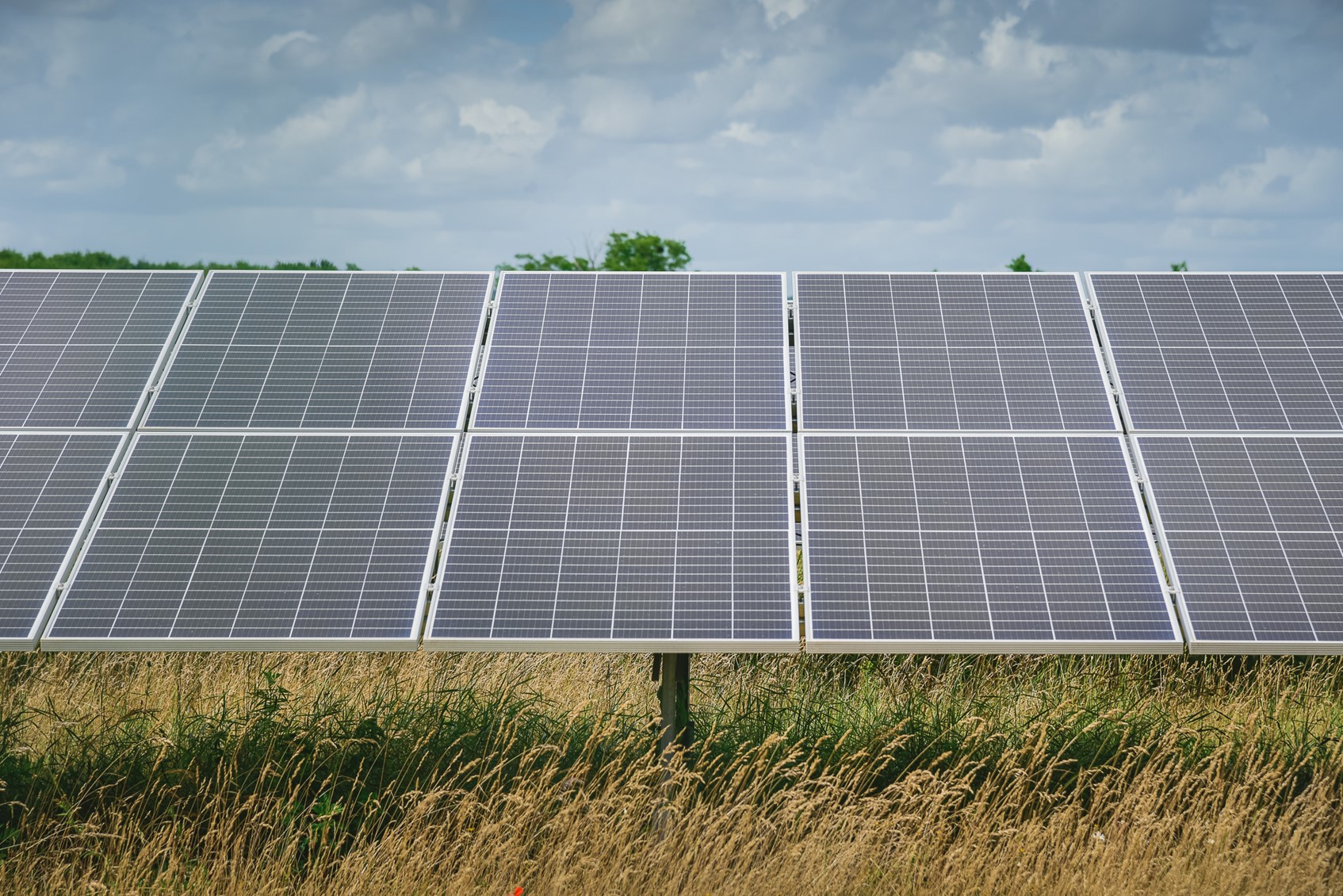The Agrivoltaic project aims to investigate the optimal operating model for placing solar panels on farmed land
Helsinki/Finland, 22 January 2024. The University of Helsinki, Turku University of Applied Sciences and the renewable energy project planning company Energiequelle are jointly launching a research project to investigate the combination of solar energy and agriculture in Nordic conditions. The optimal operating model with regard to the placement of solar modules on cultivated land will be investigated in field trials. At the same time, more environmentally friendly racks for solar modules and the possibility of intelligent use on farms, for example by automating the irrigation of crops, are being investigated. This agrivoltaic project is the first of its kind in Finland.
Coexistence of solar energy and agriculture
In agrivoltaic projects, the solar panels are not installed on the roofs of buildings. Instead, the panels and agricultural activities are located on the same area, e.g. on fields or berry farms. This allows both forms of farming to coexist. In this case, no forest or arable land needs to be taken out of use for the solar installations. The model is intended to develop solutions for the current challenges in the field of renewable energies: the expansion of wind and solar energy, the efficient use of land and the preservation of local agriculture and food production. This is why Energiequelle has teamed up with universities: “We want to create an operating model in which renewable energies and agriculture join hands to support and strengthen each other,” summarizes Karl Schultheis, Head of New Business Development at Energiequelle in Finland.
Schultheis also hopes that solar energy will reduce the risks for farmers by reducing the economic losses caused by extreme weather events. In addition, solar panels have the potential to create so-called microclimates, similar to greenhouses, which can mimic different environments. This could, for example, promote the growth of certain plants in the Nordic countries and increase yields, which could reduce dependence on food imports,” explains Mika Suontlahti, who is writing his thesis at Turku University of Applied Sciences as part of the research project.
“An operating model optimized for Finnish conditions, in which solar power is generated in parallel with agriculture, would contribute to the implementation of Finland’s sustainability and climate protection goals,” explains Antti Lajunen, the project leader at the University of Helsinki, who is an assistant professor at the Faculty of Agriculture and Forestry. “Solar energy is expected to be one of the fastest growing forms of energy production in the world and also in Finland. Placing solar panels on cultivated land would contribute to sustainable land use and counteract biodiversity loss and deforestation.”
There is a possibility of establishing photovoltaic pilot plants with plantations as early as next year, but the final location and timetable are still open. At this stage, it is still a limited preparatory project that will allow for larger field trials and more in-depth research on the subject.
Energiequelle has been successfully active on the Finnish market since 2015, has already connected five wind farms to the grid there and has more than 2,500 MW of wind and solar projects in the pipeline. With almost 40 employees, the expansion of renewable energies in Finland is being continuously driven forward with offices in Helsinki and Vaasa.


